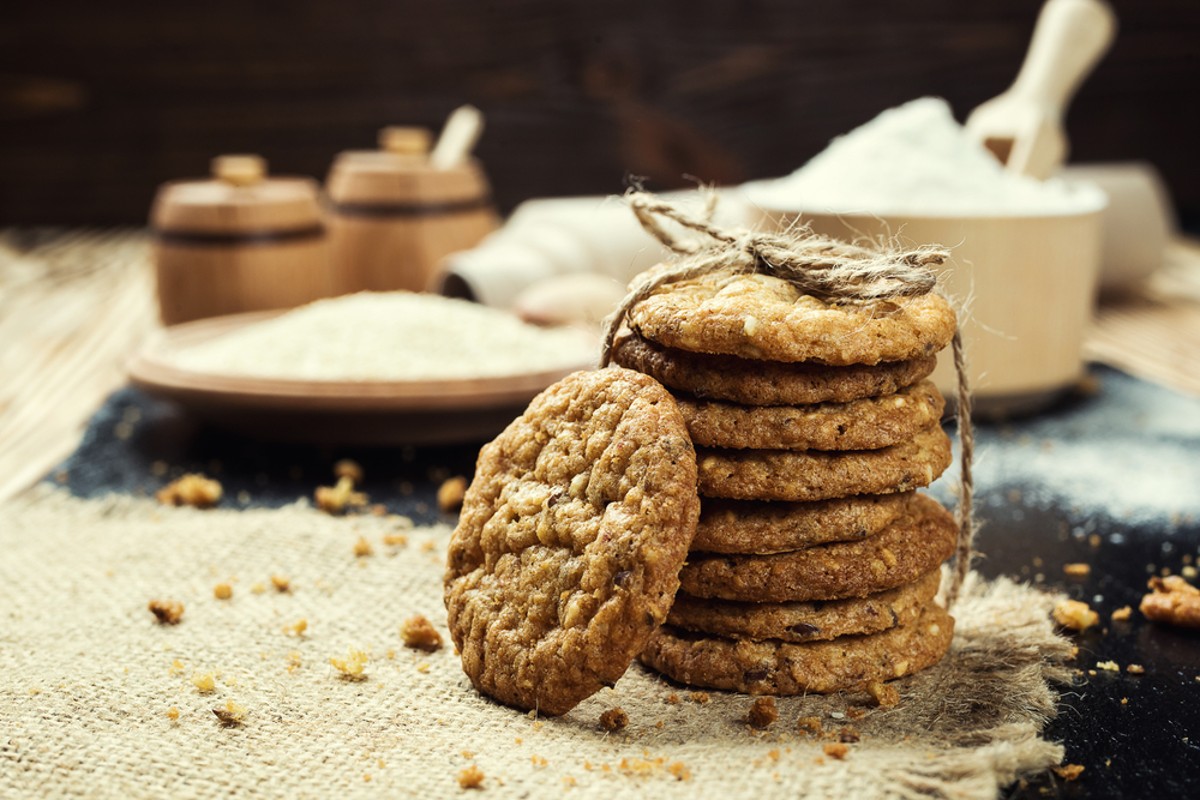English biscuits have captivated taste buds for centuries, offering a delightful symphony of textures and flavors. Their enduring popularity transcends borders, making them a beloved treat worldwide. But what exactly makes these baked wonders so special?
A rich history intertwines with the cultural significance of English biscuits. Records trace their origins back to the Romans, who introduced flatbreads to Britain. Over time, these evolved into sweeter versions, often flavored with spices and herbs. By the Victorian era, tea time became a national ritual, and biscuits emerged as the perfect companion for a steaming cuppa.
Now, let’s delve into the delightful world of English biscuits!
The Different Types of English Biscuits
The variety of English biscuits is as vast as it is delicious. Here are some of the most popular types:
- Shortbread Cookies: Hailing from Scotland, these melt-in-your-mouth delights boast a simple yet luxurious combination of flour, butter, and sugar. Their crumbly texture and buttery richness make them a timeless favorite.
- Scones: Often enjoyed warm with jam and clotted cream, scones are a quintessential part of afternoon tea. These light and fluffy pastries come in a variety of flavors, from plain to fruity and even savory options.
- Classic English Tea Biscuits: This broad category encompasses a multitude of textures and flavors. From the dunk-worthy digestives with their wheaty base to the delicate custard creams with their sweet filling, these biscuits are designed to complement a cup of tea perfectly.
Tips for Mastering the Perfect Crunch
Baking the perfect English biscuit requires a touch of finesse. Here are some tips to achieve that ideal balance between crumbly and firm:
- Choosing the Right Ingredients: High-quality ingredients are paramount. Use real butter for richness, and consider the type of flour – plain flour for a soft texture, whole wheat flour for a heartier bite.
- Proper Mixing and Shaping: Don’t overmix the dough, as this can lead to tough biscuits. Handle the dough minimally when shaping to avoid activating the gluten, which can make them chewy.
- Baking and Storing Tips: Bake at the correct temperature and for the recommended time to ensure even browning and optimal texture. Store your biscuits in an airtight container to maintain their freshness and prevent them from softening.
The Culinary Delights of English Biscuits
Beyond their intrinsic deliciousness, English biscuits offer a multitude of culinary delights:
- Pairing Suggestions with Various Teas: From the robust body of black tea to the floral notes of an afternoon blend, there’s a perfect biscuit for every type of tea. Explore the world of pairings to discover your own harmonious combinations.
- Versatile for Different Occasions: Biscuits are remarkably versatile. Enjoy them for breakfast with a dollop of jam, indulge in a classic afternoon tea spread, or have them as a light dessert.
- Variations and Flavor Combinations: The possibilities for flavor combinations are endless! Experiment with spices like cinnamon or ginger, add chopped nuts or dried fruits for a delightful textural contrast, or explore the world of chocolate drizzles and glazes.
Conclusion
English biscuits are more than just a delicious treat; they’re a cultural icon and a delightful culinary adventure. With a bit of practice, you can master the art of baking the perfect biscuit, creating a symphony of textures and flavors that will tantalize your taste buds. So, dive into the world of Biscuiți Englezești and discover the joy of a perfect crunch!



